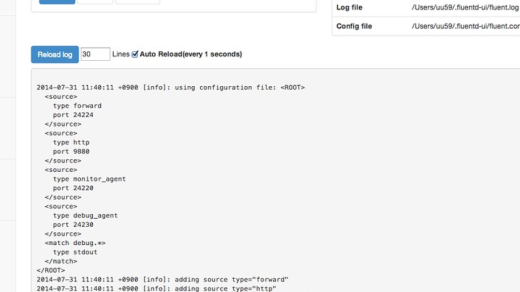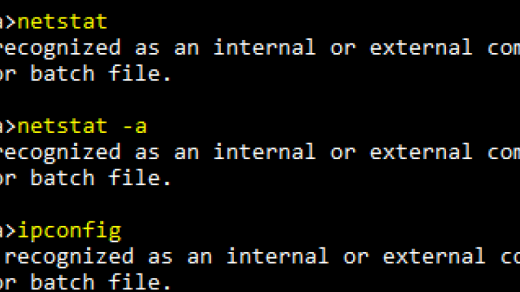Welcome to the Prometheus Alerting Tutorial, where we will guide you through setting up alerts and rules for optimal monitoring of your systems.
Getting Started with Prometheus Alerting
To get started with Prometheus Alerting, you need to first set up alerting rules in the configuration file. These rules define the conditions under which an alert should be triggered.
Once you have defined your rules, you can configure Prometheus to send alerts via email, Slack, or any other method of your choice. For email alerts, you will need to configure the Simple Mail Transfer Protocol (SMTP) server settings in the Prometheus configuration.
For Slack alerts, you can use a webhook to send alerts to a Slack channel. This requires setting up an incoming webhook in Slack and configuring Prometheus to send alerts to the webhook URL.
After setting up alerting methods, you can test them by triggering alerts manually using the Prometheus web interface or by using the Prometheus API.
You can also integrate Prometheus with other tools like Grafana or PagerDuty to create more advanced alerting workflows. Grafana can be used to create custom dashboards that display alert status and other metrics, while PagerDuty can be used to manage on-call schedules and escalate alerts to the appropriate team members.
Configuring Alertmanager and Prometheus Rules
| Step | Description |
|---|---|
| 1 | Install and configure Prometheus |
| 2 | Install and configure Alertmanager |
| 3 | Create Prometheus alerting rules |
| 4 | Configure Alertmanager to send alerts |
Best Practices for Prometheus Alerting
– When setting up **Prometheus alerting**, it is crucial to follow the best practices to ensure that your alerts are effective and reliable.
– One important practice is to define clear and concise alerting rules in your Prometheus configuration file. This will help you easily identify and troubleshoot any issues that may arise.
– Another key practice is to regularly review and update your alerting rules to ensure they are still relevant and accurate. Outdated rules can lead to unnecessary alerts or missed issues.
– Utilize labels effectively in your alerting rules to provide additional context and information about the alerts. This can help you quickly identify the source of the problem and take appropriate action.
– Consider setting up alerting receivers, such as Slack or email, to ensure that alerts are delivered to the right people in a timely manner. This can help streamline the alerting process and ensure that critical issues are addressed promptly.
– Monitor your alerting system regularly to ensure that it is functioning properly. This includes checking alerting rules, receivers, and notification settings to make sure everything is working as expected.
– Finally, consider setting up alerting silences for known issues or maintenance periods to prevent unnecessary alerts during those times. This can help reduce alert fatigue and ensure that alerts are only triggered when truly needed.
–
Monitoring and Enhancing Prometheus with Cortex
Once Prometheus is up and running, it’s essential to monitor and enhance its capabilities with Cortex. Cortex is a powerful tool that can help scale Prometheus to handle larger workloads and provide more robust alerting functionalities.
Setting up Cortex involves configuring it to work alongside Prometheus, ensuring seamless integration between the two tools. By utilizing Cortex, users can store historical data and offload some of the processing load from Prometheus, leading to improved performance and scalability.
In addition to setting up Cortex, defining alerting rules is crucial for effective monitoring. By creating rules within Prometheus, users can set thresholds for various metrics and define actions to be taken when those thresholds are exceeded. This proactive approach helps in identifying and resolving issues before they escalate.
Regularly monitoring and fine-tuning these alerting rules is essential to ensure that the system is functioning optimally. By analyzing alerting data and making adjustments as needed, users can improve the overall effectiveness of their monitoring setup.
With Cortex and well-defined alerting rules in place, users can leverage the full potential of Prometheus for monitoring their systems and applications. By continuously monitoring and enhancing Prometheus with Cortex, users can ensure a robust and reliable monitoring solution that meets their needs effectively.



